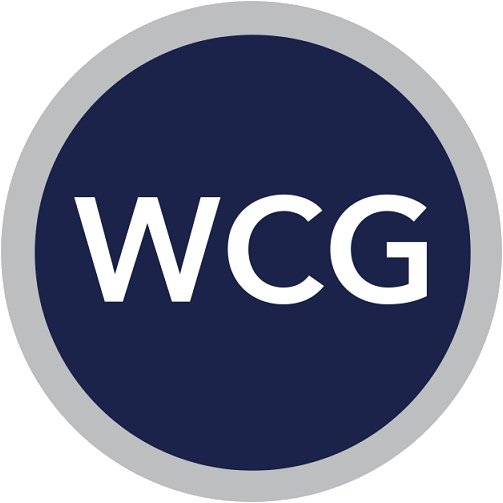6 tips for how to format your resume – How to maximize your time and its effectiveness
Most resume help sites and blog posts appropriately recommend that you customize your resume for each job posting. Tailoring your message to your audience ensures that your skills and experience line up with the expectations for a given position.
However, customizing your resume for every job posting can be tedious and time-consuming. Here are some tips for how to format your resume to allow for maximum customization, without the headache of changing your entire document for each individual job application.
1. Skip the “Objective,” and DO include a relevant summary of achievements and skills. Career Objectives are largely for entry-level employees – recruiters and hiring managers typically know why you have submitted your resume. To help them figure it out, you submit a cover letter; therefore the objective can be omitted. By starting your resume with a summary section, you can highlight the specific experiences, skills, and achievements that are most relevant to the particular job application. This section is designed to capture the attention of the hiring manager to help you stand out from the crowd. Include keywords from the job posting, and make sure these are backed up by your experience in the rest of your resume.
2. Reverse chronological listing of experience is still (usually) the best way to communicate your background. After fine-tuning your professional experience section, you should be able to mostly leave it as-is for the majority of job applications. If you think you would benefit from another style of resume, consider that your resume should fit with the style of the industry and company where you’re submitting your application.
3. Don’t neglect your accomplishments. Your professional experience section should feature the accomplishments of your work history rather than listing your job duties. These are the “meat and potatoes” of your resume and can’t be emphasized enough. Try to tell a story about your successes, rather than list what you did. Wherever possible, connect these accomplishments with the skills and traits that you highlight in your summary section at the top of your resume.
4. Sneak soft skills into your accomplishment statements. It isn’t enough to sprinkle a few soft skill keywords in your summary or throughout your resume. As you convey your accomplishments through stories, consider how to illustrate your interpersonal and communication skills as elements that assisted you in achieving successful outcomes.
5. Pay attention to the aesthetics of your resume. There are a variety of fonts and sizes that can be used in the formatting of your resume, and they should always convey professionalism in their usage. White space is important as well; your resume shouldn’t have so much text crammed onto the page that the most important elements of the document are impossible to pick out at a quick glance. Remember that hiring managers only spend an average of 6 seconds scanning a resume; your message needs to be highly accessible to grab their attention in that short amount of time.
6. Proofread! Don’t forget to use your software’s spelling and grammar checker. You can also search online for a variety of resources for finding and correcting errors; these sites may offer free trials or browser extensions (e.g., Grammarly, GrammarCheck, SpellCheckPlus.com, and others). It can also be helpful to send your resume to a trusted friend to check for any typos or errors. Often we work so closely on a document for a length of time that we can miss obvious mistakes.
Updating your resume and applying for jobs can be a massively time-intensive process. These tips should help you focus your energy and attention on the most critical elements of your resume so that you can put your best foot forward as soon as possible. When learning how to format your resume, these tips will be helpful.
If you feel overwhelmed by the enormity of the task, work on one item at a time! Use the above tips to focus on a different element of your resume each time you sit down to update your document.
Amanda Y. Hendrix
Expert Consultant, The Wilbanks Consulting Group
